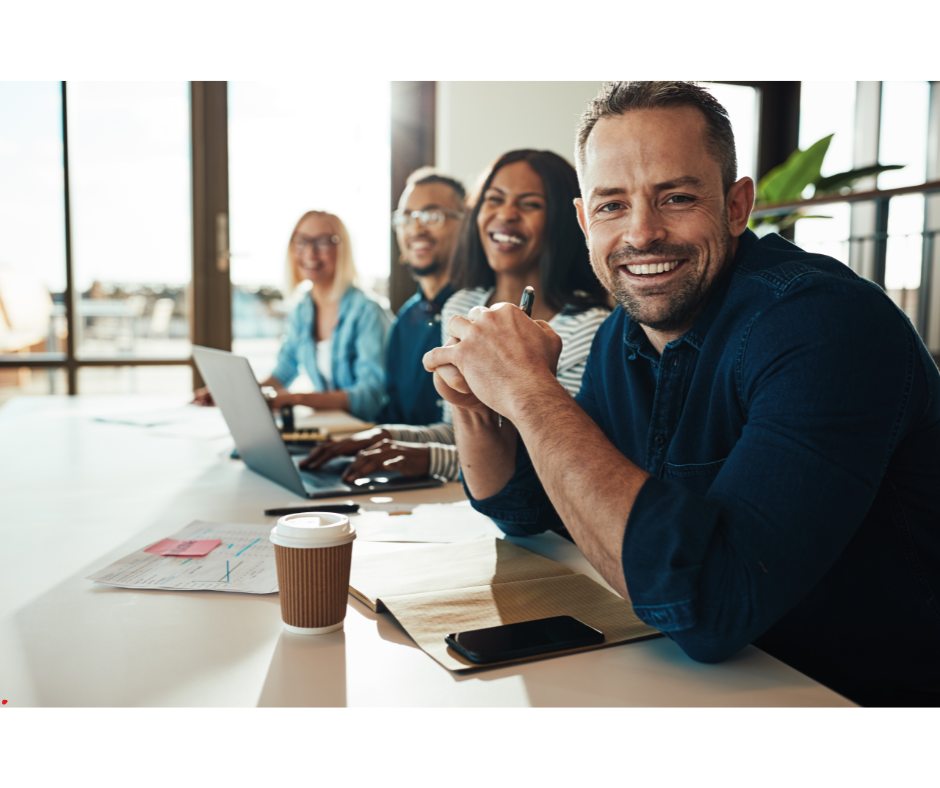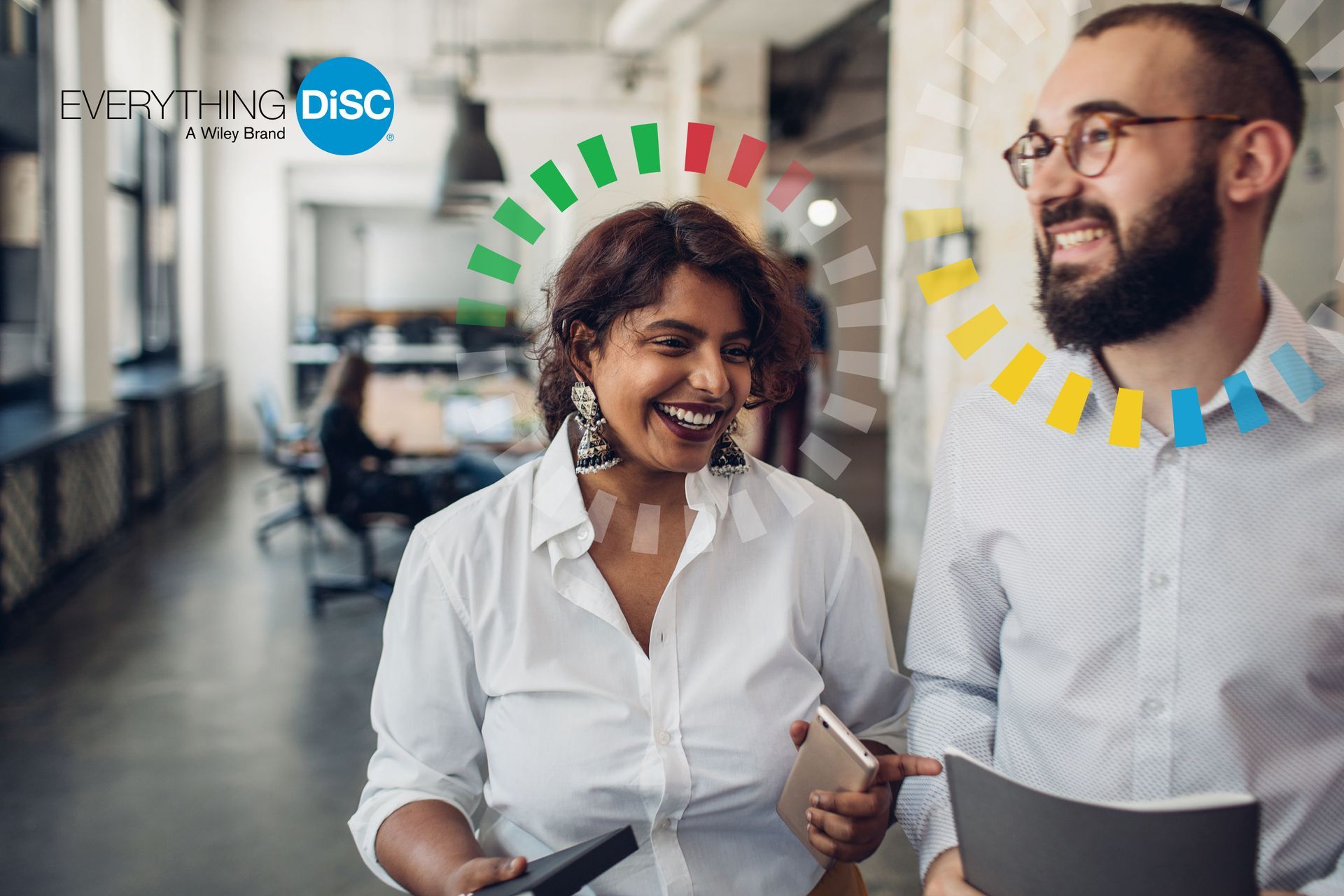By: Melissa Barlock
The Do's and Don't of patient communication

So far, we’ve covered what to say to patients with your words using FORM (Family, Occupation, Recreation, Motivation) and what to say with your body using SOFTEN (Smile, Open, Forward lean, Touch, Eyes, Nod). This week we’ll explore more areas of verbal and nonverbal communication, including HOW to speak to patients.
Touch-points:
the first thing to keep in mind is that every interaction matters. Touch-points are all the ways that an existing or potential patient may interact with, or ‘touch,’ the business. This includes every point of contact including company websites, social media (e.g., LinkedIn and Facebook), apps, telephone calls, and in-person encounters. Though word of mouth may not be a touchpoint per se, it is an extension of patient experiences with the company, and it can be useful to think about how people might be talking about the business, to ensure you’ve covered all your bases. As the late Maya Angelou said “…people will forget what you said, people will forget what you did, but they will always remember how you made them feel.” In other words, emotional memory is particularly strong and tends to be recalled more frequently, vividly, and with greater ease. Additionally, people tend to have a bias for recalling negative experiences over positive ones, so it is imperative that clients not only have positive experiences but, more importantly, an absence of negative ones.
Though it is the owner-operator or manager’s prerogative to ensure that every point of contact is a success, every employee plays an integral part, and can be encouraged to be on the lookout for areas of improvement. Incorporate excellence into your core values and embed it within the company culture so that it is the natural state of affairs.
Be Positive:
every interaction should be positive, so be positive at every interaction! This includes both verbal and nonverbal communication, including the things you say and the signals you send with your body and tone of voice. Emotional states are contagious, and a bad mood can be particularly infectious. Being negative is a sure way to lose patients, but being positive is a great way to gain new ones!
Be yourself:
it’s also important to act naturally. It’s easy to sense when someone is trying too hard, and it can be awkward and come across as insincere. If you’re comfortable, the patient will be comfortable too. Though you should be positive, you don’t have to be a dental professional and a professional entertainer. I like to think about the various celebrities that I admire; they’re all unique, and I like them for different reasons, but they all portray positivity and confidence in themselves. Be your best self!
Be genuinely interested:
be present and be curious; meet every person like they’re a potential friend, and participate in every conversation as if you have something to learn. We’re constantly learning, and every person is unique and may teach us something we didn’t know about ourselves or the outside world. Also, try not to focus too much on yourself or what you’re ‘required’ to behave like or say next. If you’re genuinely interested, there’s no reason to ‘show’ that you are in fact genuinely interested.
Show compassion:
nobody’s perfect, and we’ve all been through different experiences, so avoid being judgemental. Instead, show warmth and understanding, and go above and beyond to meet patients’ needs. Ask “How can I best help you?” Listen to their concerns regarding oral care, and offer to help plan treatment together. What else can you do to add value?
Listen actively:
listening and talking are equal partners in a conversation. Passive listening is hearing without intent to learn or understand, and it can be disheartening for the speaker when he or she knows you’re not paying attention. If ‘passive talking’ were a thing, it would be the equivalent of talking nonsense to no one. Active listening, on the other hand, is listening wholeheartedly. It requires full devotion to the other person and the conversation. That means paying attention to the speaker’s verbal and nonverbal cues, without interruption, in order to fully receive the intended message. It also means responding actively to show you’re interested and following along. This includes focussing on the other person, nodding your head and saying things like “Mm-hmm,” “Yeah,” or “that makes sense,” and giving informed responses or asking follow-up questions to what the other person just said.
Read the patient:
when attempting to make small talk or engaged in conversation, look for signs that indicate whether the patient is interested in talking or not. The patient might be shy or may not be in the mood to talk at the time; it isn’t necessarily a reflection on you. Be attentive to curt verbal replies, closed body language, and tone of voice that suggest disinterest or ill temper; if you’re actively listening they shouldn’t be too hard to spot.
Don’t be afraid of silence:
to wrap things up on what to say to patients, don’t feel the need to fill every moment of silence. The patient may be taking a break, thinking of what to say, or otherwise occupied with other thoughts.
Begin and end on a positive note:
if you’re on limited supply, save your reserves of enthusiasm for the first and last impressions of an encounter; the serial-position effect shows that people tend to recall the first and last items in a series best. Build a rapport before diving in with problems, and end satisfied knowing that you did everything you could to give the best experience possible.
Record in patient’s file:
dental professionals may see thousands of patients a year. Consider annotating a patient’s file with details, such as from FORM, that will help you to remember them by. For example, if a patient said they were training for a marathon, ask them how they did the next time you see them. The longer it’s been, the more astonished they’ll be. You can count on the fact that they’ll remember you for a long time to come.
Enspire Dental Opportunities is looking forward to working with you.












